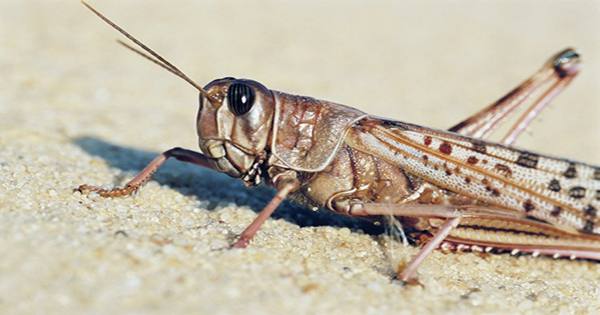Friends of technology and locusts, the two killed together just last year as a means of detonating bombs. Now, new research published in the journal Censors has combined the two in a completely different sense: trying to focus on hearing. Using biological material from a dead locust, the team was able to create a bio-hybrid robot that could hear using locust ears. Yeah Al that sounds pretty crap to me, Looks like BT entirely for me either. Insects have been around for billions of years, and at that time, they used a number of techniques. One such great skill is their skillful and visually sensitive organs, which also compare people to the top (the other is their ability to water).
The so-called locust therefore considered a biological treasure by a team of Tel Aviv scientists who wanted to see if they could use their sound-sensing skills for technology. Locusts, like humans, have a tympanic ear – meaning they detect vibrations across a flat surface and translate it into information about their environment. In humans, this tympanic ear knows as the eardrum, which reflects the environmental consequences that we translate into words in the brain.
For locusts, this tympanic ear sits further down the body and can be applied to technology as a “biological sensor” that will translate the response as the tissue is durable (alive). Be able to provide oxygen and nutrients so that it can work even when it not connected to a living host. Once and after running, this on-chip in the ear was able amplify the signal of a robot from the locust’s ear, which was, programmed to respond differently to different inputs of sensitive information?
The reason for the research decision was that the human clap, with one clap, signaled the robot to move forward and two claps told it to return (now you have done everything). “Using an ear-on-chip method, we manage to create a long-lasting tiny sensory device that acts as part of a bio-hybrid robot,” the study authors wrote. This work demonstrates the use of biological ears for proof of concept, robotic sensing and control.
Technological achievement is a practice of smart work, no more rigorous – why waste your time creating your robotic cries when locusts are out there listening to the herd every day? Who knows, at the end of your receipt you may have a robot-crippled Cyborg, “Hey Alexa, when is the RoboLocust Cyborg coming to an end?”















